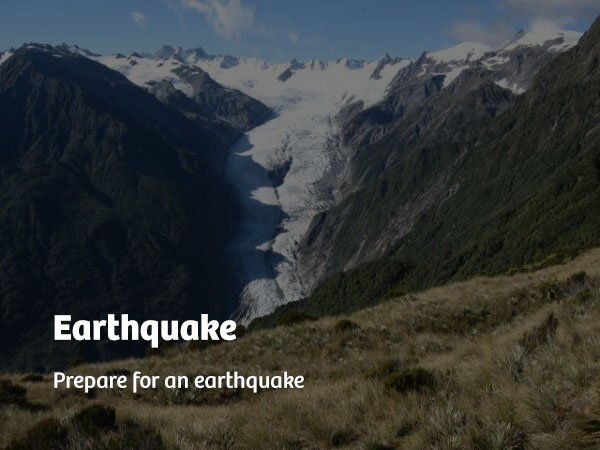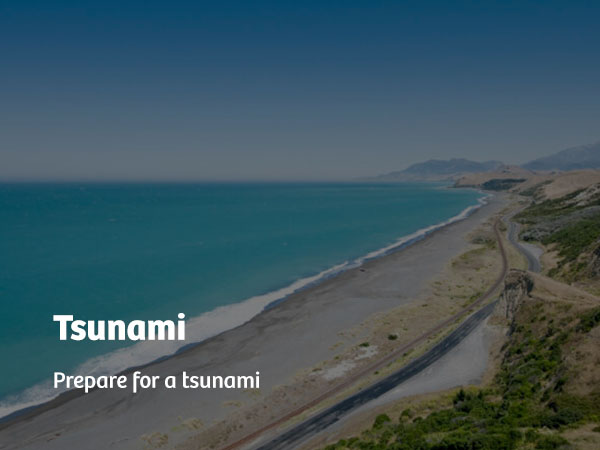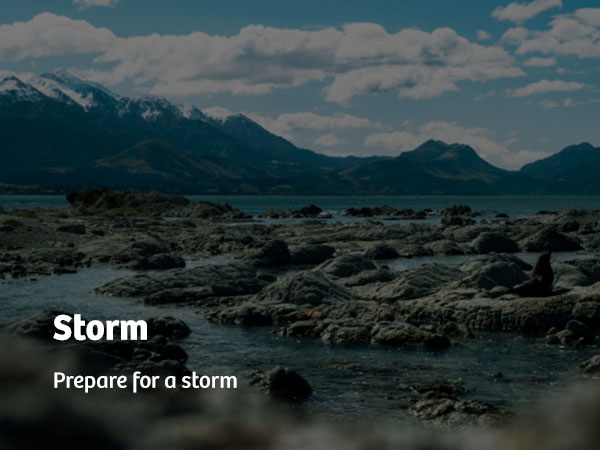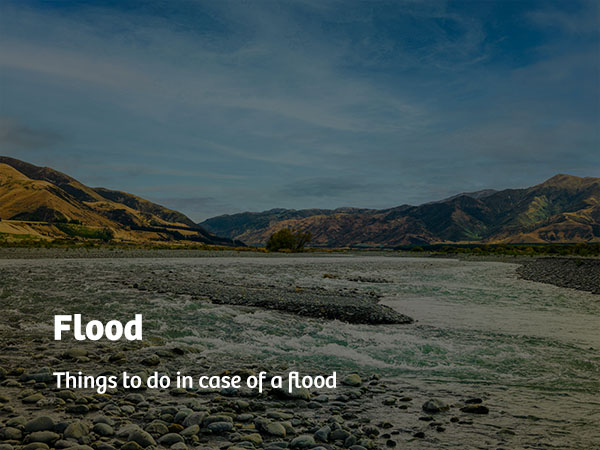Emergency Preparedness
Kauraka e Mataku, kia Takatū! Don't be scared, be prepared!
A large Alpine Fault earthquake happening in our lifetime is no doubt a scary thought! While we can’t predict when it will happen, we can work together to be better prepared for it by sharing our mātauranga (knowledge), science and experiences of past earthquakes and emergencies, to raise awareness, build understanding and strengthen our relationships. The better connected we are beforehand, the easier it will be to support each other during and after.
The AF8 Programme and Te Rūnanga o Ngāi Tahu co-produced this short film telling the story of the Alpine Fault. It weaves cultural narratives with western science to remind us what the many large earthquakes on the Alpine Fault over the past millions of years have given us – the foundations for the beautiful landscapes of Te Waipounamu (South Island), and also build understanding of what the next large earthquake could take away and challenge us with – so that we can all take action to be better prepared.
Join the Manawatu whānau as they travel to Te Tai Poutini (West Coast) to explore stories of the Alpine Fault and our whenua, find out what it means for our future and how we can work together to share our knowledge, prepare our homes and protect our whānau.
According to Ngāi Tahu creation stories, earthquakes are caused by Rūaumoko, the son of Ranginui (the Sky Father) and his wife Papatūanuku (the Earth Mother). Māori had experienced rū whenua, which means ‘the shaking of the land’ for centuries. The Alpine Fault is the longest naturally forming straight line on earth. It marks the meeting of two large tectonic plates and has formed over millions of years, stretching longer, lifting our landscape up out of the ocean, and creating the peaks of Kā Tiritiri o te Moana (Southern Alps) with every large earthquake it generates.
Science tells us that the Alpine Fault ruptures about every 300 years, and the last time was in 1717. These big earthquakes have been happening for millions of years and the next one is not a case of if, but when. The next large Alpine Fault earthquake will be long and strong and significantly alter the landscape of Te Waipounamu as we know it. Landslides, liquefaction, river changes, flooding tsunami and aftershocks are all likely.
When Rūaumoko decides to move the Alpine Fault again it could disrupt all our lifelines, electricity, roads and communications, making it harder for us to connect and support each other.
Make use of the resources on this website and share the video when you see them on our social media channels.
Prepare the home, protect the whānau.
The next large Alpine Fault earthquake will challenge us. It will take time to understand the impact and for the emergency response to reach everyone. Communities may need to be self-sufficient and work together to keep each other safe. Preparing your home and your whānau for any emergency is the best way to keep everyone calm, safe and comfortable. Before an earthquake hits, here are some tips to prepare and protect your home and whānau.
- Remove or secure objects that could fall during the shaking and cause injuries (e.g., TV, furniture, brick chimneys)
- Prepare enough food, water and essential supplies for 7-14 days.
- Discuss with whānau, friends and neighbours about being better prepared. Are there ways you can support each other?
- Make an emergency plan with your whānau, practice it and share it with friends and neighbours.
- Have a getaway/go-bag ready in case you need to be evacuated.
- Find out about natural hazards in your area and how to keep safe.
Find out more
- AF8 Programme and science: https://af8.org.nz/
- Toka Tū Ake EQC: https://www.eqc.govt.nz/be-prepared/
- New Zealand Get Ready: https://getready.govt.nz/
Emergencies happen and they can happen anytime
Being prepared gives us the best chance to ensure we have considered the needs of everyone in our whare, from our pēpi to our tāua and pōua, and even our pets.
Join us in our campaign to raise awareness around the importance of being prepared for natural disasters as a whānau, hapū and iwi. Please share the video when you see them on our social media channels.
We also encourage you to make use of the resources on this page. Start the kōrero with your whānau around your emergency plan. You can use the Whānau Emergency Plan template provided below.
Make Your Place Quake Safe
Quick and Easy Steps (Source: Toka Tū Ake EQC)
Stay informed during an emergency
One of the best things you can do to get emergency-prepared is to know where you can find up-to-date information. During an emergency response, the local Civil Defence Emergency Management will broadcast information about the situation and available support via the internet, television and radio. For example, Civil Defence Emergency Management will broadcast if a Civil Defence Centre with support services for people that need help has been set up and where it’s located.
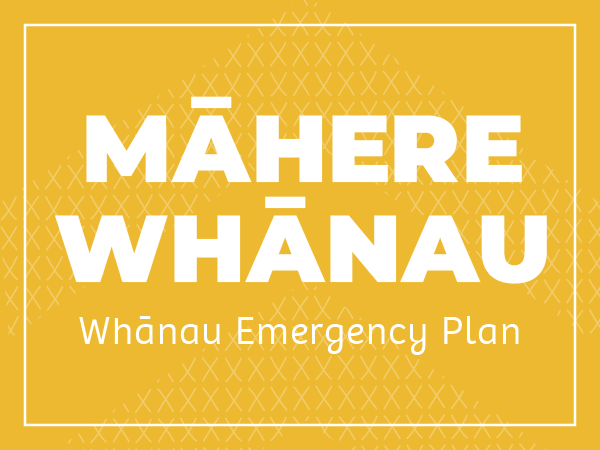
Whānau Emergency Plan
Get your whānau together and discuss what you will each do in the event of different emergency situations.
Emergency 'Go Bag'
What should be in your Emergency ‘Go Bag’?
These are important items that you may need, especially in the first 72 hours after an emergency. Anything you have that you are able to grab quickly and carry a long distance could be your ‘Go Bag’.
